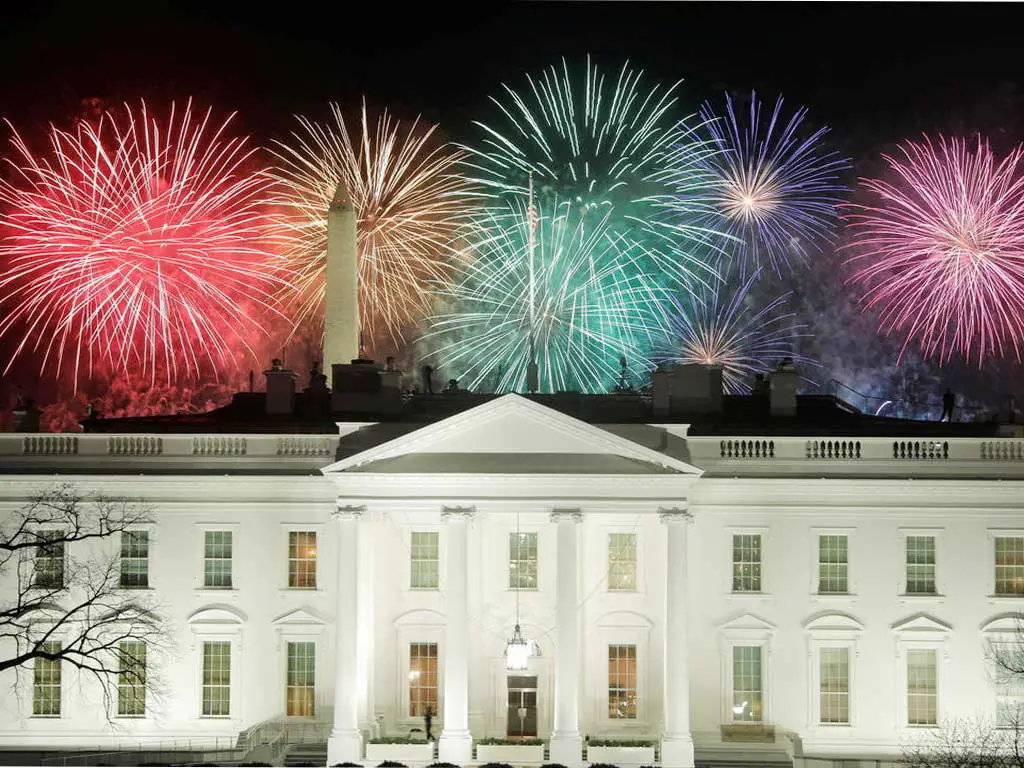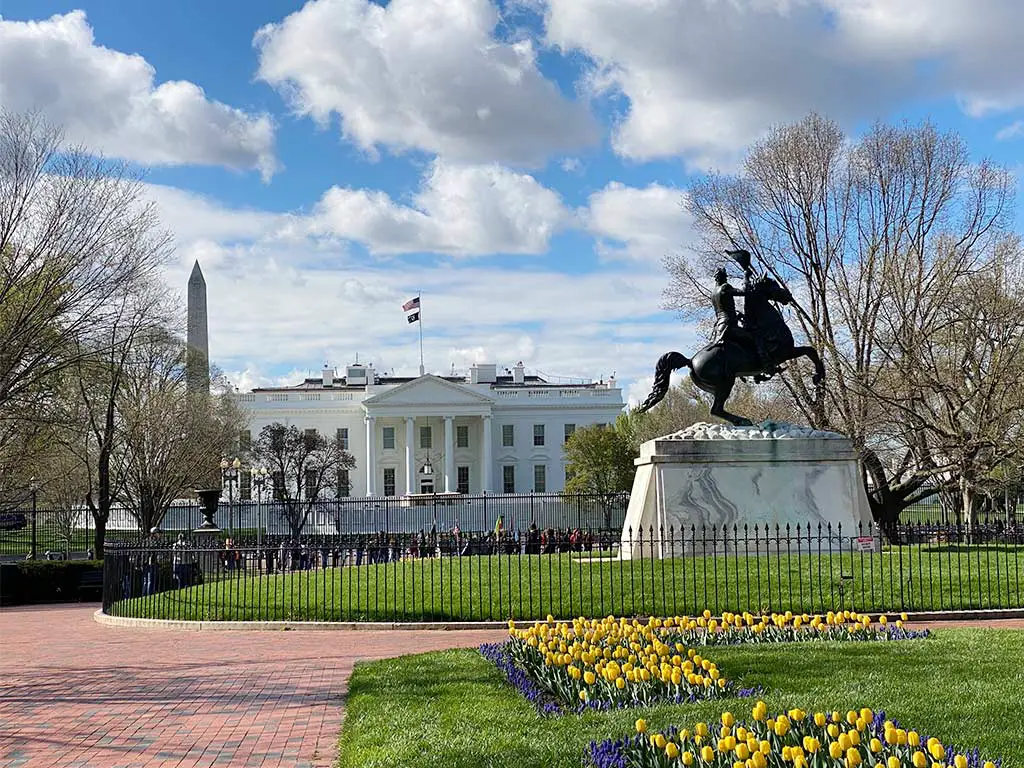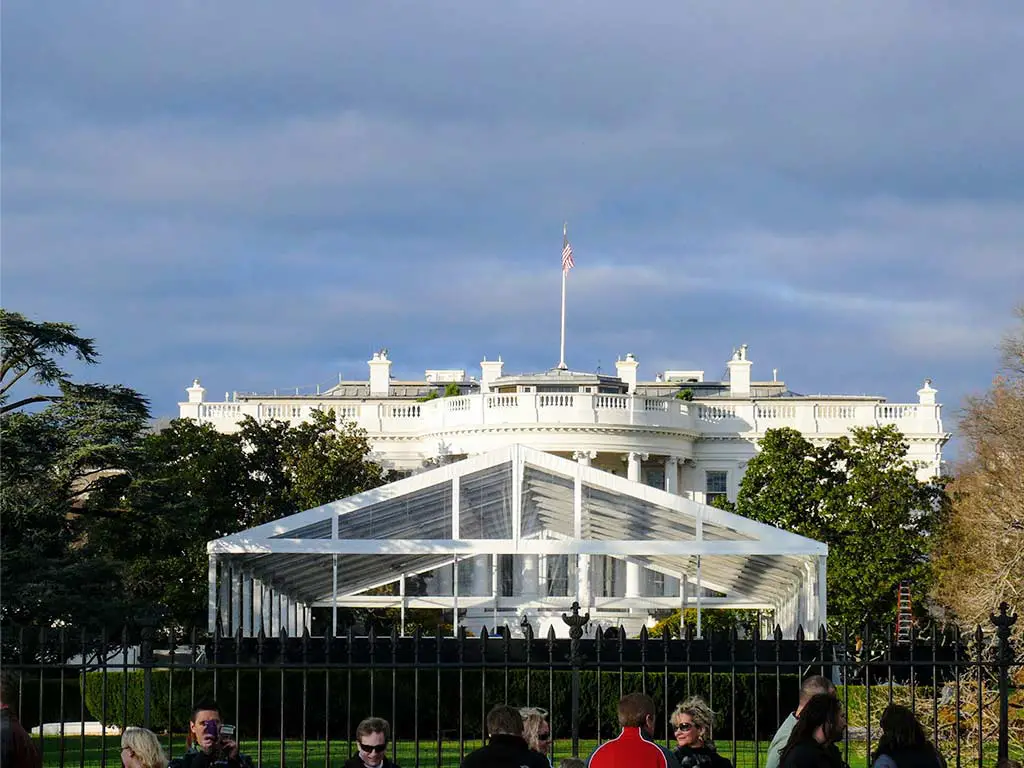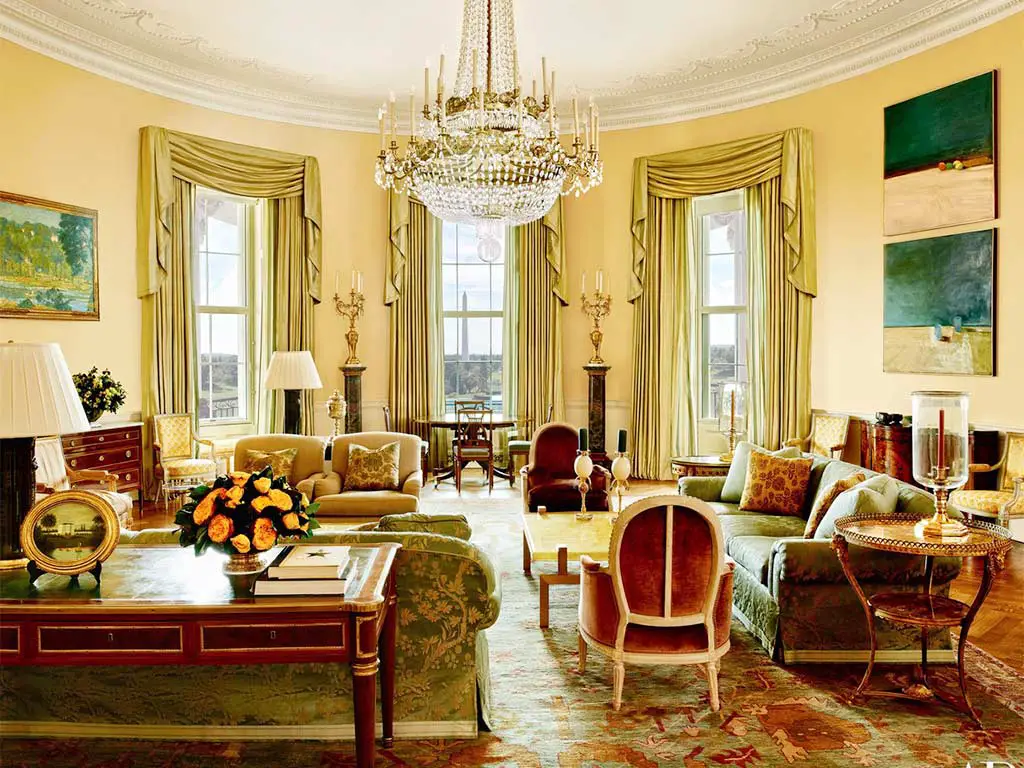When you think of iconic landmarks in Washington DC, the White House immediately comes to mind. It’s not just a building; it’s a symbol of American history and power.
From its architectural significance to the art within its walls, the White House holds a rich tapestry of stories waiting to be explored.
Throughout its history, the White House has been witness to countless historical events, from important political decisions to cultural celebrations.
As you delve into the history of this remarkable building, you’ll uncover fascinating facts about its residents, its design evolution, and even reported ghostly encounters that add to its mystique.
Join us on a journey through the past as we unravel the captivating history of the White House in Washington DC, a place where art, politics, and intrigue intersect to create a truly unique narrative.
Early History of the White House

The early history of the White House in Washington, D.C., is marked by its conception, construction, and initial years as the presidential residence.
Design and Construction
The White House, an iconic symbol of American history and power, has a rich history deeply intertwined with its design and construction.
Originally envisioned by Pierre Charles L’Enfant on a grand scale, material and labor shortages led to significant alterations from the initial plan.
The finished structure ended up with only two main floors, using a more affordable brick lining over the originally intended stone façades.
Upon completion, the porous sandstone walls were whitewashed, providing the house with its distinctive color and name.
1789–1800
From 1789 to 1800, the construction of the White House was a monumental endeavor that shaped its early history.
Commencing in October 1792, it took approximately eight years to complete, with the final touches being put in place by November 1800.
This period marked the transformation of the architectural vision into a physical reality, establishing the White House as a pivotal part of American heritage and governance.
The meticulous construction process during this period was overseen by architect James Hoban, who ensured that the architectural integrity of the White House was maintained throughout its completion.
Architectural Competition
The White House’s construction involved an architectural competition that set the stage for its unique design. Architects competed to showcase their vision for the presidential residence, with James Hoban emerging as the winner.
His design reflected a blend of neoclassical and Palladian styles, laying the foundation for the iconic structure that stands today as a testament to his architectural prowess.
The competition attracted skilled architects aiming to leave their mark on the presidential residence. James Hoban’s winning design, a fusion of neoclassical and Palladian styles, solidified the White House’s iconic architectural significance.
Construction
The construction of the White House unfolded amidst challenges and adaptations, leading to a building that differed in scale and composition from the original plans.
L’Enfant’s grand palace vision was scaled down due to various constraints, resulting in a more modest yet enduring architectural marvel that has stood the test of time and witnessed key moments in American history.
Throughout its construction, the White House faced several setbacks and modifications that ultimately shaped its current form.
These changes were necessary due to limitations but resulted in a resilient structure that has played a significant role in shaping American history.
Naming Conventions
Throughout its storied past, the White House has been known by different names, reflecting the evolving political and social landscape of the United States.
From the Presidents’ Palace to the President’s House and the Executive Mansion, the various appellations underscore the changing perceptions and roles of the building within the fabric of American governance.
Each name shift brings nuances of historical context and political significance, echoing the dynamic nature of the White House as a living symbol of the nation’s leadership.
Key Events That Shaped the White House

The White House has been shaped by numerous key events throughout its history, reflecting its evolving role as both a residence and a symbol of the presidency.
Here are some of the most significant events:
The Burning of 1814 and Reconstruction
In 1814, during the War of 1812, British forces burnt the White House as retaliation for American actions. This devastating event resulted in the destruction of most of the building, leaving only its exterior walls standing.
Substantial reconstruction was necessary due to the fire’s impact, with sections of the south wall being the only portions salvageable.
Following this event, the White House underwent a meticulous reconstruction process to restore its former glory, showcasing resilience in the face of adversity.
20th Century Renovations
During the 20th century, the White House underwent significant renovations to modernize its infrastructure and enhance its aesthetic appeal.
One notable renovation occurred in the fall of 1882, where the main corridor received a makeover, including wall tinting in pale olive and gold leaf embellishments.
The iconic Red Room was painted in a distinctive Pomeranian red hue, with a ceiling adorned with intricate gold, silver, and copper designs.
Additionally, a grand Tiffany glass screen replaced the original doors, adding a touch of elegance to the White House’s interior.
These renovations not only improved the visual appeal of the White House but also preserved its historical significance for future generations.
Architectural Evolution and Expansions

The architectural evolution and expansions of the White House have transformed it from a modest mansion into the iconic structure it is today.
Here’s an overview:
Early use, 1814 burning, and reconstruction
In 1814, during the War of 1812, the White House in Washington DC was burnt down by British forces in retaliation for American actions.
This event, known as the Burning of 1814, resulted in extensive damage to the White House, leading to significant reconstruction efforts to restore the iconic building.
The reconstruction work aimed to bring back the grandeur of the White House after the devastating fire, marking a pivotal moment in its architectural history.
Overcrowding and building the West Wing
To address issues of overcrowding and enhance the functionality of the White House, President Theodore Roosevelt initiated the construction of the West Wing at the turn of the 20th century.
The addition of the West Wing provided much-needed office space and support facilities, allowing for the relocation of the presidential offices from the main residence.
This expansion marked a crucial development in the architectural evolution of the White House, paving the way for future modifications to accommodate the changing needs of the presidency.
Truman Reconstruction
Following years of wear and tear and the evolving demands of the presidency, President Harry S. Truman undertook a comprehensive reconstruction project of the White House in the mid-20th century.
The Truman Reconstruction aimed to modernize and restore the interior and exterior of the White House, addressing structural issues and enhancing its functionality.
This significant renovation effort played a vital role in preserving the historical character of the White House while ensuring it met the contemporary needs of the presidency.
Jacqueline Kennedy’s Restoration
In the early 1960s, First Lady Jacqueline Kennedy spearheaded a restoration initiative to preserve and enhance the cultural heritage and aesthetic appeal of the White House.
Collaborating with renowned architects and designers, Jacqueline Kennedy focused on restoring historical elements, acquiring significant artworks, and redecorating various rooms within the White House.
Her restoration efforts aimed to showcase the historical significance of the White House while infusing it with contemporary elegance, emphasizing the importance of preserving its iconic status for future generations.
The White House in Modern Times

In modern times, the White House continues to serve as the iconic residence and workplace of the President of the United States, while also playing a prominent role in American politics, diplomacy, and culture.
Here’s a look at its significance in the contemporary era:
Security Enhancements
In recent years, the White House has undergone significant security enhancements to ensure the safety of its occupants and visitors.
Following events like the Oklahoma City bombing in 1995 and the September 11 attacks in 2001, security measures were heightened.
The United States Secret Service closed off Pennsylvania Avenue in front of the White House and made the closure permanent, demonstrating a clear commitment to protecting the iconic building and its surroundings.
Public Accessibility Changes
Changes in public accessibility to the White House have evolved over time, particularly in response to security concerns and historical events.
Closure of certain access points, such as Pennsylvania Avenue, has restricted vehicular traffic to enhance security measures.
These adjustments reflect a balance between maintaining the historical significance of the White House while ensuring the safety and security of those who live and work in the presidential residence.
Frequently Asked Questions
What facilities are available for recreation in the White House?
For recreation, the White House offers facilities such as a tennis court, jogging track, swimming pool, movie theater, billiard room, and a bowling lane for its residents.
Which President was married in the White House?
President Cleveland was the only President ever married in the White House when he married 21-year-old Frances Folsom in June 1886.
Why is the White House considered special?
The White House is not only the residence and workplace of the President and First Family but also known as the People’s House, symbolizing inclusion and belonging for all Americans.
What is the White House Historical Association’s mission?
The White House Historical Association, founded in 1961 by First Lady Jacqueline Kennedy, aims to protect, preserve, and provide public access to the rich history of America’s Executive Mansion.
Conclusion
The history of the White House in Washington, D.C. is a rich tapestry woven with moments of national significance and transformation.
Since its completion in 1800, the White House has served as the residence and workplace for every U.S. president, symbolizing the continuity and resilience of American leadership.
From its burning during the War of 1812 to extensive renovations and modernizations, the White House reflects the evolving narrative of the nation.
As a living symbol of the presidency, it stands not only as a monument of historical events but also as a beacon of democracy, embodying the ideals and aspirations of the United States.




Allison Brice